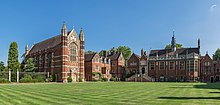
William Butterfield was a British Gothic Revival architect and associated with the Oxford Movement. He is noted for his use of polychromy.
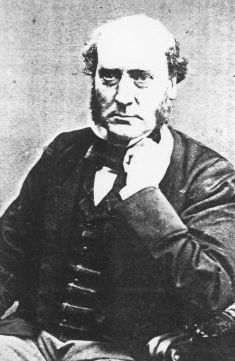
Sir George Gilbert Scott, largely known as Sir Gilbert Scott, was a prolific English Gothic Revival architect, chiefly associated with the design, building and renovation of churches and cathedrals, although he started his career as a leading designer of workhouses. Over 800 buildings were designed or altered by him.

Sir Giles Gilbert Scott was a British architect known for his work on the New Bodleian Library, Cambridge University Library, Lady Margaret Hall, Oxford, Battersea Power Station, Liverpool Cathedral, and designing the iconic red telephone box.
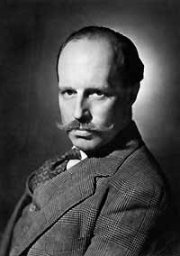
Sir Basil Urwin Spence, was a Scottish architect, most notably associated with Coventry Cathedral in England and the Beehive in New Zealand, but also responsible for numerous other buildings in the Modernist/Brutalist style.
The year 1868 in architecture involved some significant events.
The year 1900 in architecture involved some significant events.
The year 1844 in architecture involved some significant architectural events and new buildings.
The year 1763 in architecture involved some significant architectural events and new buildings.
The year 1858 in architecture involved some significant events.
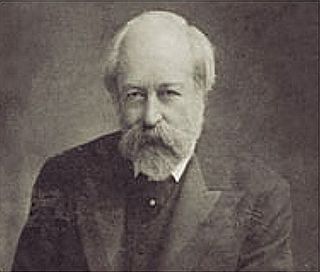
George Frederick Bodley was an English Gothic Revival architect. He was a pupil of Sir George Gilbert Scott, and worked in partnership with Thomas Garner for much of his career. He was one of the founders of Watts & Co.

Sir Robert Rowand Anderson, was a Scottish Victorian architect. Anderson trained in the office of George Gilbert Scott in London before setting up his own practice in Edinburgh in 1860. During the 1860s his main work was small churches in the 'First Pointed' style that is characteristic of Scott's former assistants. By 1880 his practice was designing some of the most prestigious public and private buildings in Scotland.

Liverpool Cathedral is the Cathedral of the Anglican Diocese of Liverpool, built on St James's Mount in Liverpool, and the seat of the Bishop of Liverpool. It may be referred to as the Cathedral Church of Christ in Liverpool or the Cathedral Church of the Risen Christ, Liverpool, being dedicated to Christ 'in especial remembrance of His most glorious Resurrection'. Liverpool Cathedral is the largest cathedral and religious building in Britain, and the eighth largest church in the world.
Sir William Hardie Kininmonth was a Scottish architect whose work mixed a modern style with Scottish vernacular.

The Cathedral Church of Saint Mary the Virgin, commonly known as St Mary's Episcopal Cathedral, is a cathedral of the Scottish Episcopal Church in the West End of Edinburgh, Scotland; part of the worldwide Anglican Communion.
The year 1916 in architecture involved some significant events.

Adrian Gilbert Scott CBE was an English ecclesiastical architect.
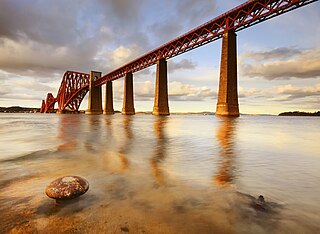
Architecture of Scotland in the Industrial Revolution includes all building in Scotland between the mid-eighteenth century and the end of the nineteenth century. During this period, the country underwent an economic and social transformation as a result of industrialisation, which was reflected in new architectural forms, techniques and scale of building. In the second half of the eighteenth century, Edinburgh was the focus of a classically inspired building boom that reflected the growing wealth and confidence of the capital. Housing often took the form of horizontally divided tenement flats. Some of the leading European architects during this period were Scottish, including Robert Adam and William Chambers.
Alexander Lorne Campbell (1871–1944) was a Scottish architect, who practised across Scotland. He was founder of the successful firm of Scott & Campbell.
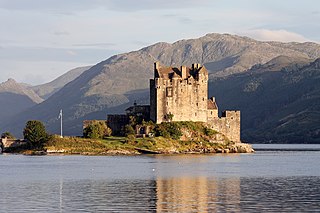
George Mackie Watson RIBA (1860-1948) was a Scottish architect in the late 19th and early 20th centuries. He trained in the offices of Robert Rowand Anderson, and was responsible for the design and reconstruction of several churches. From 1912 to 1932 he was involved in the total rebuilding of Eilean Donan Castle on the west coast of Scotland, for John Macrae-Gilstrap.
